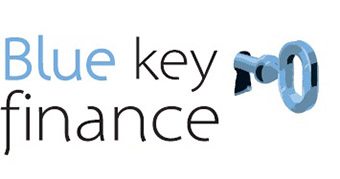What is Lenders Mortgage Insurance?
No one likes paying extra costs, and a home is one of the cases where many people are already stretching themselves to the limit on the property sale price alone. Lenders Mortgage Insurance (LMI) is a one-off insurance payment which protects your lender against your default. LMI is commonly paid when the Loan to Value Ratio (LVR) is 80% or more. This occurs when more than 80% of the value of the property is borrowed from the lender by a buyer.
There are only two ways to avoid paying Lenders Mortgage Insurance:
- Save 20% or more as a deposit; or
- Have someone go guarantor for your loan.
Let’s break that down into some detail and see if you can save yourself from paying LMI.
How a 20% or more deposit saves you from Lenders Mortgage Insurance
Saving 20% of a property price is a tough task for the average first home buyer. To buy a property at $400,000, requires a deposit of $80,000 even before stamp duty, conveyancer fees and other expenses are tacked on. For a first home buyer, these sums can be unrealistically high. LMI functions as a much necessary lower rung on the property ladder for those who don’t want to go down the guarantor path.
How Guarantor loans work and can save you paying Lenders Mortgage Insurance
A guarantor loan is when a buyer has a loan guaranteed by someone else, usually a family member. This allows a borrower the option to borrow more than the value of a property to cover expenses, stamp duty and, even in some cases, costs for renovations or consolidate current debts. The guarantor is not liable for the full amount of the loan, only an agreed amount. Collateral for this guarantee is usually a guarantor’s property. We have ten lenders that offer guarantor loans.
The ins and outs of Lenders Mortgage Insurance
On a property worth $500,000 with a deposit of $30,000, a first home buyer can expect to pay around $12,500 for LMI, according to Genworth’s LMI estimator. Most lenders will allow this to be capitalised on the loan. This means that the borrower doesn’t pay the sum upfront, but it is added to the original loan amount.
LMI is calculated based on property value, location and loan amount. Typically LMI is paid on properties where 80% or more of the property value is borrowed. However, LMI may be applied to properties well below the Loan To Value (LVR) ratio of 80% if the bank deems it to be a higher risk, which to the borrower can often seem a little needless and arbitrary, such as a warehouse conversion or low doc loans.
LMI only covers the risk of the lender. If the borrower defaults, they are still liable. Refinancing with an LVR above 80% can attract LMI again, although in some cases a partial LMI refund may be paid out by the lender you are switching from. Mortgage Protection Insurance is insurance which can be taken by a borrower to insure themselves against mortgage default.
There are two major LMI providers in Australia which support the majority of the LMI-backed loans in Australia; Genworth and QBE.
